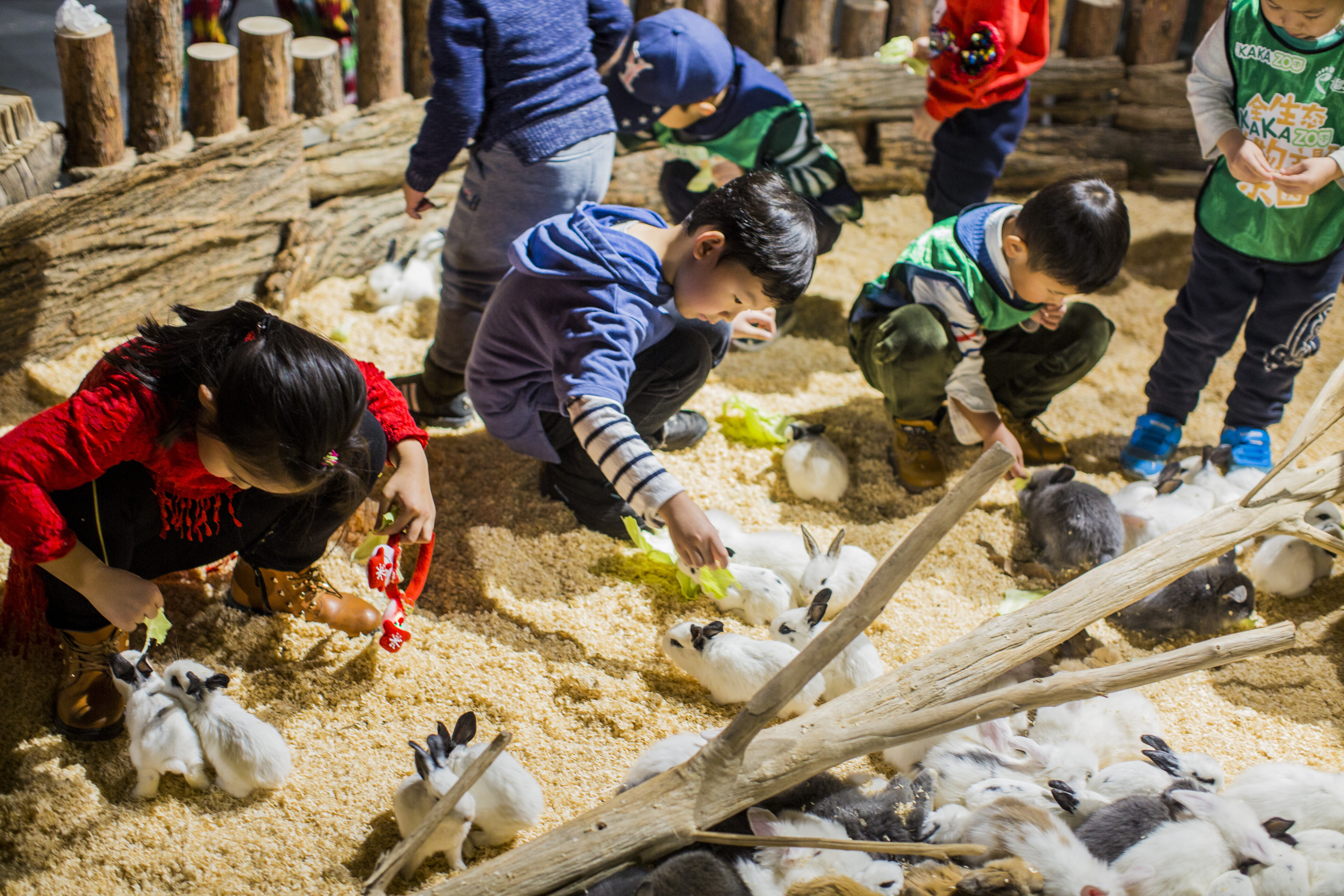Main trends in China

Various financial, demographic and social factors are driving pet industry growth.
Growth market
China is still a booming economy, with a growing middle class. The nation’s people living busy lives. As a form of emotional attachment to balance their hectic lifestyles, many consumers like to keep a pet. At the end of 2017, there were over 87 million dogs and cats in China and the pet industry is developing rapidly; with a market value of RMB 134 billion (€17 / $19 billion) and with further expected growth of 40% within three years, China’s pet industry is around the same size as sectors such as tourism, education and sports.
Ongoing M&A activity
To benefit from the strong growing pet market, the existing companies need to expand rapidly. They need a source of finance to fund their growth, which is why there is ongoing merger and acquisition (M&A) in the Chinese pet industry.
According to CV Source, there were seventeen mergers and acquisitions in 2017 as well as a couple of major funding transactions. A few of them are listed in the table.
Besides these M&As, Wenzhou Peidi Pet Products Co., Ltd. as well as Yantai China Pet Foods Co., Ltd. were listed on the stock exchange. This trend is continuing in 2018. So far this year, deals with in a total value of RMB 120 million (€15 / $17 million) have been concluded in areas including pet disease diagnosis technology, pet retail chains and pet medical insurance.
Win-win situation
According to Mr. Li, Vice-President of CITIC Securities, the capital market is paying closer attention to pet industry because the level of consumption has increased as the per capita income has grown. Due to factors such as urbanisation and the aging population, the pet industry has become an interesting industry for investors. With the abundance of social capital, investors and companies seeking funding can help each other forward, promoting industrial development and creating a win-win situation.
New entrance
The booming pet industry is attracting new entrants from other industries too. One example is Fuhua Industry, an industrial investment company that created the first Ecological Indoor Zoo which offers an immersive pet experience.
Kakazoo has already opened flagship stores in Huhehaote and Baotou, two cities in Inner Mongolia, and more flagship stores will be opened in Qingdao, Chongqing, Hangzhou, Suzhou, Changchun and Nanjing. By the end of 2020, there will be 15 flagship stores across China. With various themed interiors, Kakazoo is a wonderland for all animal lovers, giving people the opportunity to interact with their future pets by touching and feeding them.
Nekonomics
In 2015, a Japanese economist came up with the word ‘Nekonomics’ to describe the cat economy created by consumer interest in cats and cat-related products. Nekonomics is now playing a growing role in the Chinese economy too, and in addition to products concepts such as cat cafés and cloud cat petting, cat-themed emojis are becoming more and more popular in China. In fact, China is now the second-largest cat country in the world with over 58 million cats.
The main reasons for the popularity of cats in China are:
- Single people prefer to have a cat above family
- Having a cat takes less effort than owning a dog: cats take care of themselves pretty well and they don’t need to be walked/bathed
- Cats eat less than dogs, and hence they cost less.
